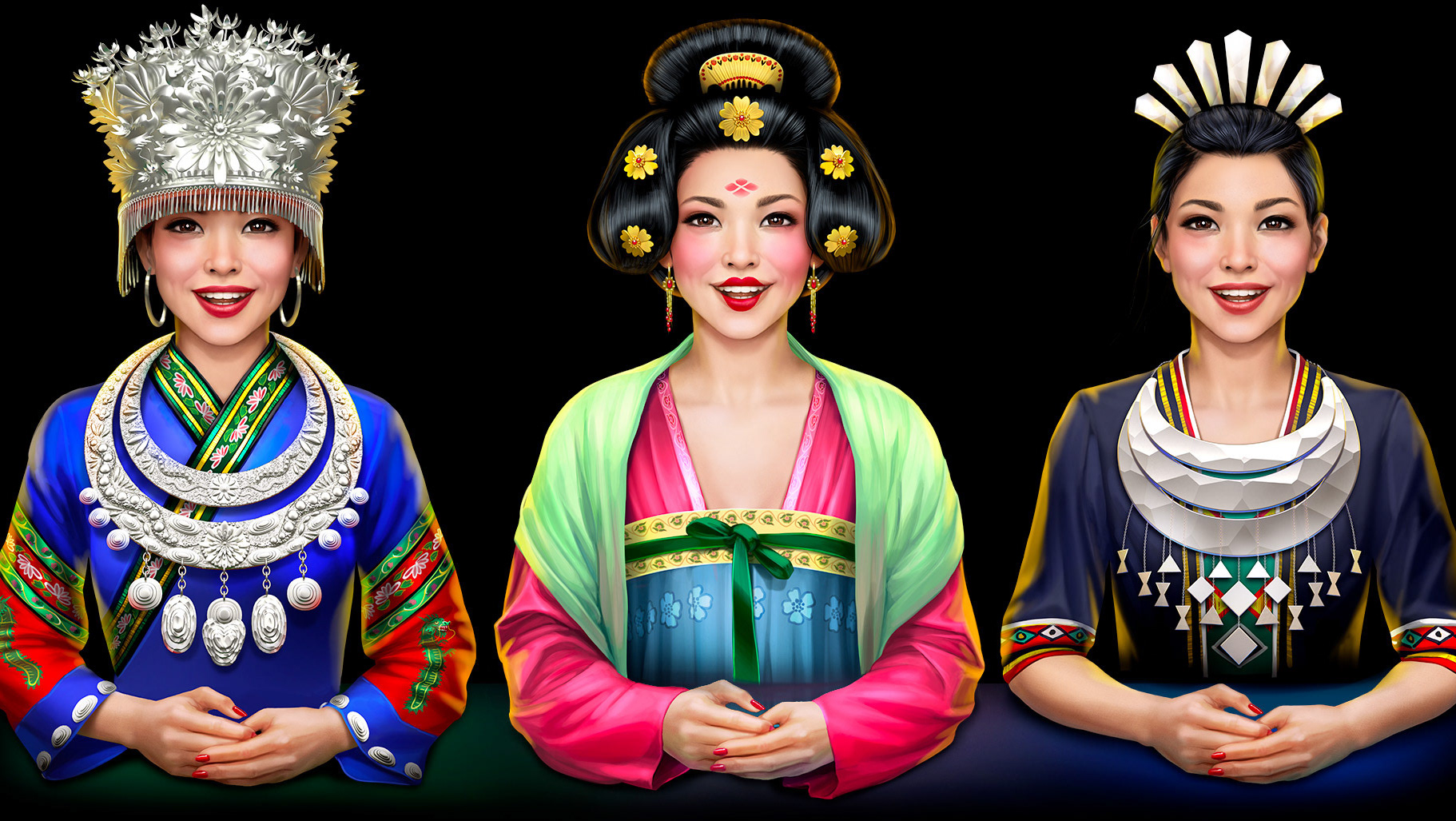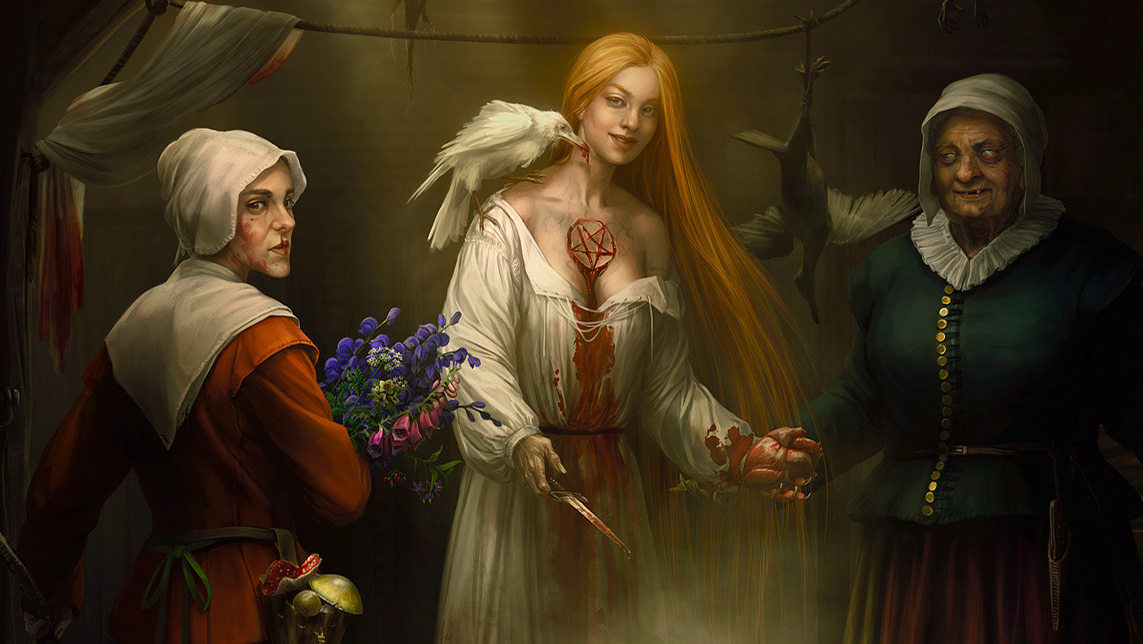PHALAENOPSIS ORCHID CREATURE CONCEPT
This is what happens when my Phalaenopsis orchid won't bloom. I seek comfort by designing orchid-themed monsters.
On a more serious note, though, this is part of a personal project of creatures and characters based on plants. If you'd like to read more about this alien-looking creature, please scroll down to read a bit of its backstory, thank you!
On a more serious note, though, this is part of a personal project of creatures and characters based on plants. If you'd like to read more about this alien-looking creature, please scroll down to read a bit of its backstory, thank you!
Turntable
3D model by Noah Mesh, student at Rochester Institute of Technology. Please checkout the link above for additional renders.
Click here to view his portfolio. Thank you!
A BIT OF BACKSTORY AND BIOLOGICAL EXPLANATIONS
The 'tentacles' coming out of the monster's back, along the thoracic vertebrae, are sensors that can also be used to release pheromones during mating season (somehow similar to Creatonotos gangis' moth pheromone appendices).
Due to the heavy head structure that prevents the creature from easily looking behind itself (especially with frontal eyes -it's a predator, after all), these tentacles are quite useful to sense danger.
The three main "petals" of the head structure can range from an almost white color to a vibrant purple according to the health or emotional state of the creature. The darker it is, the angrier or more excited the creature is. It is also used as a courtship display. The patterns on this head structure are unique to each individual, such as our fingerprints. These glow under UV light, which the creatures can perceive, making these head patterns stand out much more than what we could see with the human eye.
The caruncles (pendant bits of flesh dangling from the head and neck) are a good indicator of the creature's health and age, both from their length and texture. This one is a middle-aged male, with the two longest caruncles not reaching the hips level yet. Females have shorter caruncles and their two side 'petals' have a rounded shape. Immature individuals do not have caruncles and their heads have a greenish color to help them blend into their surroundings until they can properly defend themselves.
The creature's skin color can range from a light green to an almost purple color with green undertones, depending on the surrounding vegetation. The loose skin bits help with thermoregulation and camouflage, and that leafy tail structure is used for fighting as well as camouflaging the creature into the nearby alien flora.
The "nose" isn't actually a breathing organ, it is mostly used to detect smells (vomeronasal organ). Instead of a regular nose, this creature has eight breathing holes along its neck, which are quite efficient in quickly providing a lot of oxygen to compensate for the small size of the ribcage.
These creatures can lose their teeth several times, as they grow back continually (hence that asymmetrical / uneven look). This allows them to rip and chew through sinews, bones and other similar sources of food that can help them survive during the harshest season, when preys are scarce.
.
The tubular structures in the head (that form the main central petal) are resonators, used to amplify various grunting and trumpeting sounds. As the creatures don't have lips and their tongues are rather thin, they can't properly talk, but they communicate through a vast array of sounds, and form quite noisy colonies.
Both side "petals" are made of cartilage, the lower portion is soft and allows to easily rotate the head, while the central structure is made of hollow bone and skin.
Due to the heavy head structure that prevents the creature from easily looking behind itself (especially with frontal eyes -it's a predator, after all), these tentacles are quite useful to sense danger.
The three main "petals" of the head structure can range from an almost white color to a vibrant purple according to the health or emotional state of the creature. The darker it is, the angrier or more excited the creature is. It is also used as a courtship display. The patterns on this head structure are unique to each individual, such as our fingerprints. These glow under UV light, which the creatures can perceive, making these head patterns stand out much more than what we could see with the human eye.
The caruncles (pendant bits of flesh dangling from the head and neck) are a good indicator of the creature's health and age, both from their length and texture. This one is a middle-aged male, with the two longest caruncles not reaching the hips level yet. Females have shorter caruncles and their two side 'petals' have a rounded shape. Immature individuals do not have caruncles and their heads have a greenish color to help them blend into their surroundings until they can properly defend themselves.
The creature's skin color can range from a light green to an almost purple color with green undertones, depending on the surrounding vegetation. The loose skin bits help with thermoregulation and camouflage, and that leafy tail structure is used for fighting as well as camouflaging the creature into the nearby alien flora.
The "nose" isn't actually a breathing organ, it is mostly used to detect smells (vomeronasal organ). Instead of a regular nose, this creature has eight breathing holes along its neck, which are quite efficient in quickly providing a lot of oxygen to compensate for the small size of the ribcage.
These creatures can lose their teeth several times, as they grow back continually (hence that asymmetrical / uneven look). This allows them to rip and chew through sinews, bones and other similar sources of food that can help them survive during the harshest season, when preys are scarce.
.
The tubular structures in the head (that form the main central petal) are resonators, used to amplify various grunting and trumpeting sounds. As the creatures don't have lips and their tongues are rather thin, they can't properly talk, but they communicate through a vast array of sounds, and form quite noisy colonies.
Both side "petals" are made of cartilage, the lower portion is soft and allows to easily rotate the head, while the central structure is made of hollow bone and skin.








